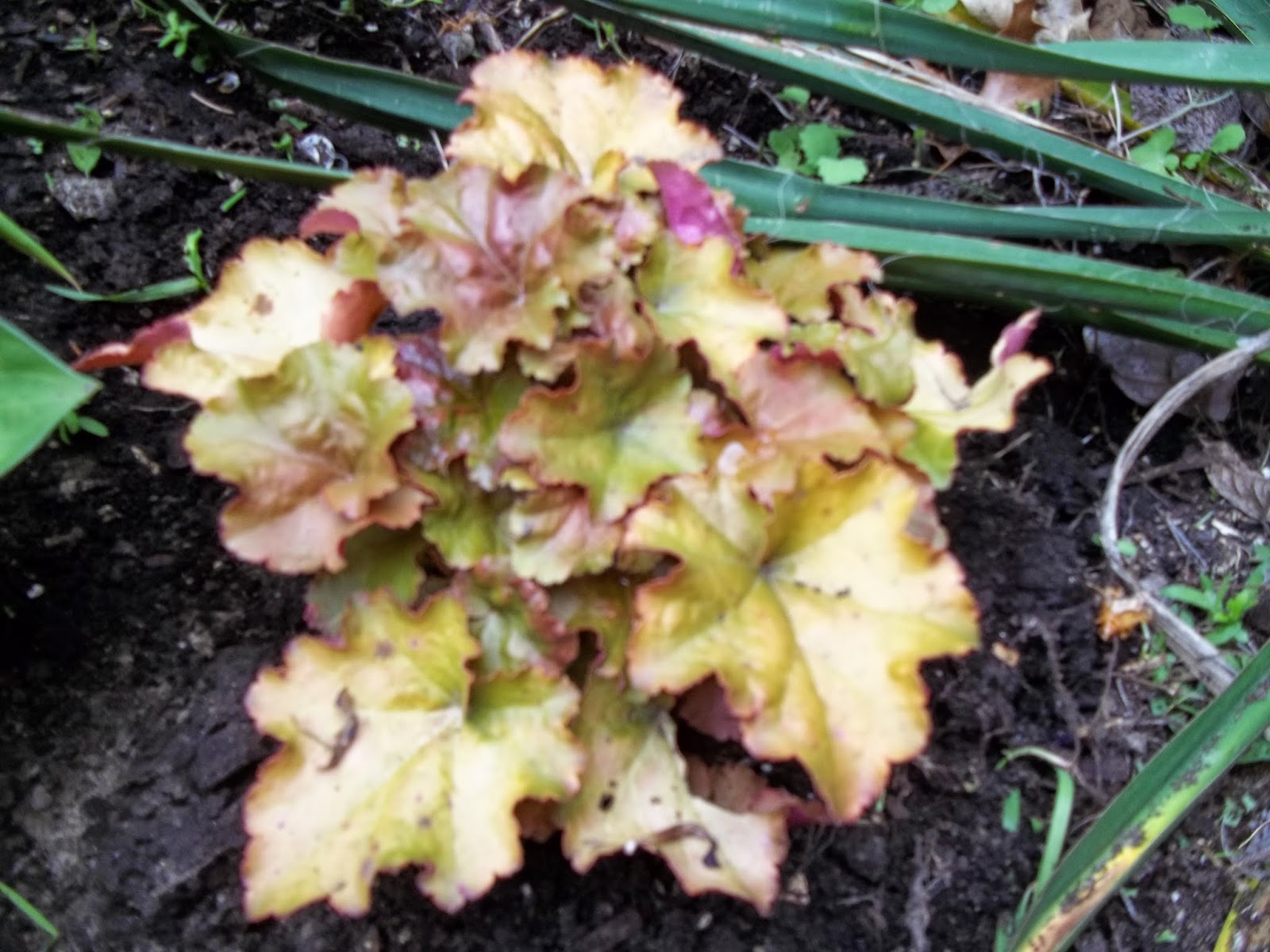I was in a tizzy of anxious anticipation yesterday afternoon. So much so that I did something quite unreasonable. Which is to say, in my anxiety I fidgeted and worried and finally committed an absolute absurdity.
We had been out and about doing a little bit of shopping. Just to pick up lone items that we wouldn't ordinarily be concerned with, but which, in a household, occasionally run out. We had made a few stops, and then my husband decided to stop at the Great Canadian Superstore. It's one of his favourite food haunts, and my least favourite.
So I decided to remain in the car with Riley, while my husband burst into the store to pick up a single item. Be back in a minute, he said, and I nodded. Had I foreseen this little event, I would have brought along something to read while I waited. Waiting in the car seemed far preferable, even without something to amuse myself with, than accompanying my husband into that vast consumer-experience interior.
After almost sixty years of marriage how could it slip my mind what 'back in a minute' turns out to be with my husband? Time went by and I watched people return from shopping, load up their vehicles and drive off, while just as many pulled into the parking places they had vacated intending to do precisely the same.
Nice, but nothing to keep one's mind actively engaged. On the other hand, what was happening overhead, high, high above, as in the sky ...
was a matter to concentrate the mind. The day that had started out so beautifully with a mostly clear sky and ample sun to cheer both us and our gardens, had finally given over to a cloud-filled sky. In and of itself, a bit of a relief from the burning sun. But these were no ordinary clouds, they were brutally bruised black-and-blue and there were definite thunderheads among them.
We'd noted, as we drove along to the parking lot adjacent the store how we could see the results of some of those thunderheads in the far-off distance. The wind was picking up substantially, and if it did so at our level it obviously packed a wallop high above, given the momentum of the gliding, dark clouds. While I awaited my husband's return, my mood turned from unconcern to suspense.
When on earth would he be finished, flooded my mind continually as the minutes ticked by and a half-hour had approached. He
does get carried away when he's shopping; food concentrates his mind and he invariably sees something intriguing that gives him further food for thought. As I waited, the atmosphere seemed muggier by the second, and certainly it became darker by the second. A sharp, devilishly loud thunderclap banged through the air, directly above. I looked up, up, up and it was dark and getting darker. No problem looking up since the sunroof was fully open, as were the car windows.
The car keys were with my husband, in the store, helping him shop. I envisioned a sudden downpour and the interior of the car becoming completely inundated; not a very bracing vision. When I could no longer stand the suspense, I finally shouted out what my mind had been muttering:
"Irving, get yourself over here, now!"
Damned if he didn't appear directly the words were out of my mouth, turning the corner of the supermarket, prepared to embark on the bit of a walk toward where he'd left us waiting. In the annals of not-a-moment-too-soon, this one ranks. As soon as he unloaded the single object he meant to purchase, along the bagful of other items, and the French baguettes held tenderly under his arm, he turned the ignition in the car, and I helpfully recommended that the sunroof be closed shut.
At that very moment, the great reservoir above burst its gates and a torrential rain assailed us. As we drove out of the parking lot onto the street, the rain was embellished with large, windshield-pinging
(please don't crack it...I humbly begged the Titan above) iceballs. The short drive home was uneventful but for the difficulty of seeing through the thick curtain of rain and hail. A nice bit of which accumulated on the walkway to the porch, as evidence of the above.
No harm done.























































